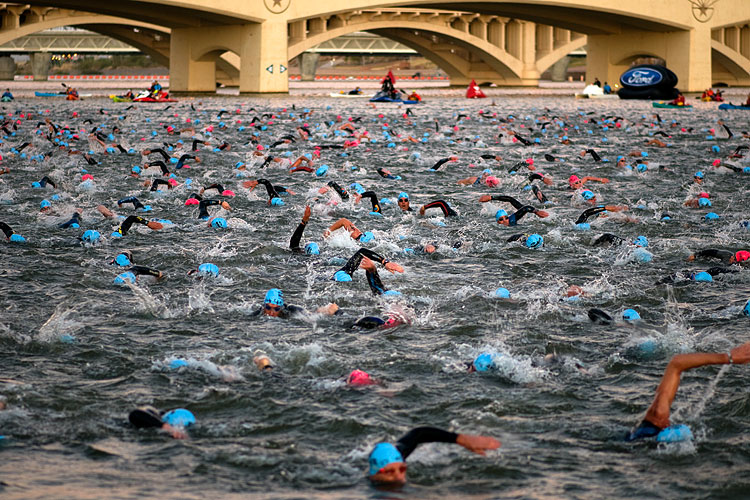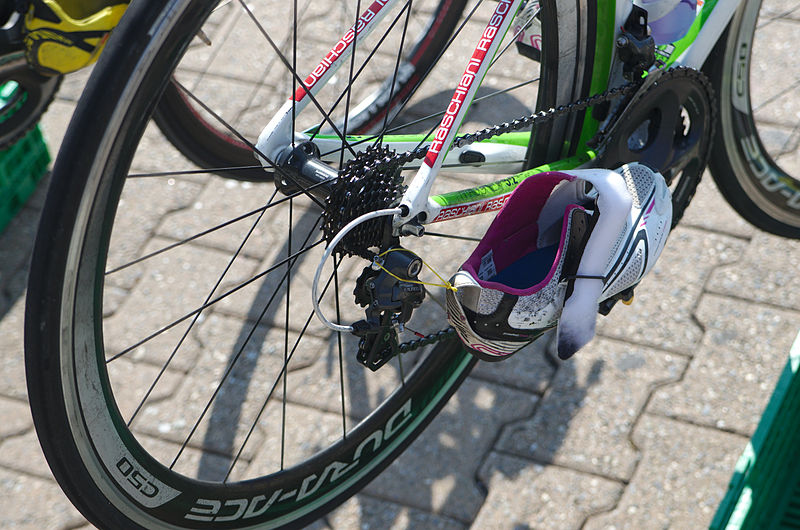Triathlon can be challenging, but speak to anyone who has done one and they’ll tell how rewarding it is. This is the reason the sport is becoming more and more popular every year. Therefore, there are a lot of first-timers competing at triathlons all across Australia this summer. This article has been put together to help make your first triathlon go smoothly and be as enjoyable as possible.
1. Make sure you have done some triathlon-specific training
It is all well and good to swim, ride and run separately, but combining the three back-to-back can place different challenges on your body. There are two important areas in triathlon that you should get your body used to before competing. The first is going from the swim into the first transition area (T1). Some people find they get slightly disorientated (due to going from a horizontal to vertical position very quickly) when attempting the transition. To practice, when you are in the pool you can quickly jump out of the lane and walk or jog (carefully) around the pool and then jump back in. The second, and more challenging area is starting running after the bike leg. Your legs will feel a bit heavier and slightly fatigued when you first start the run leg. If this happens to you, it is best to hold a comfortable pace for the first km or so, your legs should feel better by then. After this, you can start to pick up the pace a little. It is best to specifically train for this by doing a ride/run ‘brick session’ and you will find that this transition becomes much, much easier.
2. Make sure all your equipment is working and that you have spares on the day
The night before a race is the time to check all your equipment to see if it is working properly. This mainly concerns your bike but check your wetsuit, goggles and laces for any signs of damage or fraying. There is nothing worse than a zip not working or lace that breaks during your race. Also do a quick check on race day; go for a quick ride and shift though all your gears and test the brakes on your bike. If you do find something wrong, make sure you have spares to fix the problem. The most important spares to have are tubes and a bike pump, spare goggles and second pair of shoes.
3. Do NOT use any new equipment on race day
This is a rookie mistake that occurs quite often. Someone buys a new pair of shoes or new goggles and they don’t use them until race day. During the race they find that the goggles don’t keep water out properly or that the shoes are uncomfortable and give them blisters. It is crucial that all the equipment you are using on race day has been tried and tested so you know that it works.
4. Its normal to get nervous before the swim
The swim is often the hardest part for many first timers; there are a lot of people vying for position in a small space, and the open water adds an extra layer of uncertainty. It is important to realise that these feelings are normal, and fade as you get more race experience. The most important thing that you can do is not to get swept up in the pace that everyone else is going and stick to what is comfortable for you. Also, to be confident that you can swim the required distance, it’s best to practice this in training. If swimming in the open water initially puts you off, there are some triathlons that have their swims in the pool, such as the Swan Hill and Bendigo triathlons. If you are struggling with your swimming technique we have written a couple of articles on the subject that you can read here and here. If you are still having difficulties with swimming technique enlist a swimming coach or talk to your health professional about it.
5. Stick to a pace you know you can hold whole for the race distance
Continuing on from not going out too hard in the swim, it is important that you set a good pace that you know you can hold for the whole race. If you are concerned with finishing within a certain time, you will achieve your fastest time by holding a good continuous pace, as oppose to going out hard and fading in the second half of a given leg. This will be around 5-10% less than the pace you would hold on a stand-alone swim, ride or run of the same distance. This will of course also depend on distance and fitness level.
In addition, please make sure to check our blog about training for your first triathlon in just 4 weeks for a specific training program.
I hope these tips have provided some good insight into racing your first triathlon. Above all, the most important thing is that you enjoy it! Apart from that, be prepared and race smart and you should complete your race with no issues at all.
About the Author:
Dr. Nicholas Tripodi is a Co-director and Osteopath at the Competitive Sports Clinic located in the Essendon District. Nicholas has particular interests in sports injuries, exercise rehabilitation and running and cycling analysis.


